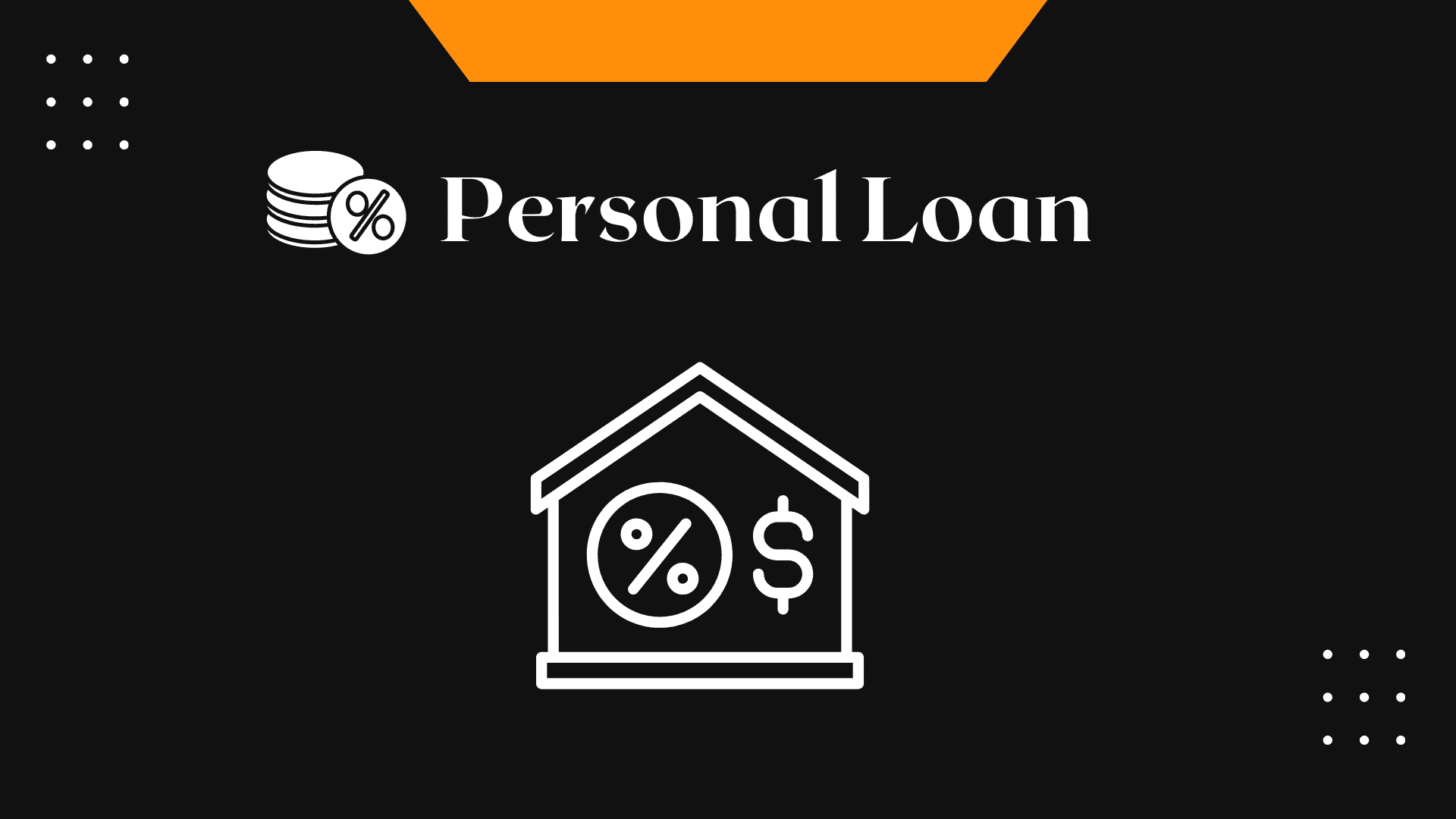Personal loans have become a go-to financial tool for many individuals seeking to achieve their goals, whether it’s consolidating debt, funding a big project, or managing unexpected expenses. However, gaining access to these loans isn’t always straightforward, and that’s where personal loan eligibility comes into play. In this blog, we’ll demystify the path to personal loan eligibility, helping you understand the criteria lenders consider and offering guidance on how to improve your chances of securing the loan you need.
Table of Contents
ToggleUnderstanding Personal Loan Eligibility
To demystify personal loan eligibility, let’s start by breaking down the factors that lenders typically consider when assessing whether to approve your application:
- Credit Score: Your credit score is a significant factor. Lenders use it to gauge your creditworthiness and your history of managing credit. A higher credit score generally translates to better loan terms and lower interest rates.
- Income and Employment: Lenders want to ensure that you have a stable source of income to repay the loan. They’ll assess your income level, employment history, and job stability.
- Debt-to-Income Ratio (DTI): Your DTI is a measure of how much of your income goes toward paying existing debts. Lenders want to see a manageable DTI, typically below 40%, to ensure you can handle additional debt.
- Residency and Citizenship: Most lenders require borrowers to be legal residents or citizens of the country where they’re applying for a loan.
- Age Requirement: You must meet the lender’s minimum age requirement, which is usually 18 or older.
- Loan Purpose: The purpose of your loan can also influence your eligibility. Some lenders offer specialized loan products tailored to specific needs, such as medical loans or education loans.
Tips to Improve Personal Loan Eligibility
If you’re concerned about meeting these criteria, here are some proactive steps you can take to enhance your personal loan eligibility:
- Review Your Credit Report: Regularly check your credit report for errors and work on improving your credit score over time.
- Debt Management: Pay down existing debts to lower your DTI, demonstrating responsible financial management.
- Income Enhancement: Look for opportunities to increase your income or consider adding a co-borrower with a higher income to your application.
- Employment Stability: Maintain your current job or secure stable employment before applying for a personal loan.
- Lender Selection: Research various lenders and their specific eligibility requirements, as some may be more flexible than others.
- Document Preparation: Ensure you have all necessary documents, such as pay stubs and bank statements, ready for your loan application.
Navigating the Application Process
Once you’ve familiarized yourself with the eligibility criteria and taken steps to enhance your eligibility, you’re ready to navigate the personal loan application process:
- Prequalification: Some lenders offer prequalification, which allows you to estimate the loan amount and interest rate you may qualify for without impacting your credit score.
- Formal Application: Complete the formal loan application with the lender, providing all necessary information and documentation.
- Credit Check: The lender will conduct a credit check to assess your creditworthiness.
- Loan Offers and Terms: If approved, you’ll receive loan offers detailing specific terms, including the interest rate and repayment schedule.
- Acceptance: Carefully review the loan offers and select the one that aligns best with your financial goals.
- Funding: Once you accept the offer, the lender will disburse the funds to your designated bank account.
- Repayment: Make timely monthly payments in accordance with the agreed-upon terms, ensuring responsible financial management.
Leveraging Personal Loans for Financial Success
Once you’ve successfully navigated the path to personal loan eligibility and secured the funding you need, it’s essential to understand how to use personal loans effectively to achieve your financial goals. Personal loans are versatile and can serve various purposes, making them a valuable tool in your financial toolkit:
1. Debt Consolidation: If you’ve accumulated high-interest debts from credit cards or other sources, personal loans can help you consolidate these debts into a single, more manageable monthly payment. This not only simplifies your financial life but can also save you money by reducing the overall interest you pay.
2. Home Improvement: Whether you’re looking to renovate your home, make necessary repairs, or enhance your living space, personal loans can provide the necessary funds to turn your vision into reality.
3. Education: Pursuing higher education or covering educational expenses can be costly. Personal loans can bridge the financial gap, ensuring that you or your loved ones can access the education you desire.
4. Travel Adventures: Personal loans can fund your dream vacations, allowing you to explore new horizons and create lasting memories with your loved ones.
5. Medical Expenses: In times of unforeseen medical bills or elective medical procedures, personal loans offer the financial support you need to ensure your health and well-being.
6. Emergency Fund: Building an emergency fund is crucial for financial stability. Personal loans can serve as a backup plan, ensuring you have the financial resources to deal with unexpected events, such as car repairs or unexpected job loss.
As you utilize your personal loan, keep in mind the importance of responsible financial management:
1. Budgeting: Incorporate your loan payments into your monthly budget to ensure you can comfortably meet your obligations. This may require some adjustments in your spending habits.
2. Automatic Payments: Many lenders offer the option of setting up automatic payments from your bank account. This can help you avoid missing due dates and incurring late fees.
3. Communication with Lender: If you encounter difficulties in making payments, don’t hesitate to communicate with your lender. They may be able to offer solutions, such as revised payment plans or deferment options.
4. Early Repayment: If your financial situation improves, consider paying off your loan early to reduce the overall interest you pay.
5. Credit Score Maintenance: Timely loan payments positively impact your credit score, potentially improving your financial prospects in the future.
By leveraging your personal loan effectively, you can not only achieve your immediate financial goals but also set the stage for lasting financial success. The responsible use of personal loans can open doors to even greater financial opportunities, including home ownership, investments, and retirement planning.
Conclusion
Demystifying the path to personal loan eligibility is about understanding the requirements, taking proactive steps to improve your eligibility, and effectively navigating the application process. Personal loans can be a valuable financial tool, helping you achieve your goals and manage your financial needs. By enhancing your eligibility, you’re not only gaining access to the funds you need but also taking steps toward a more secure financial future. So, whether you’re looking to consolidate debt, fund a project, or handle unexpected expenses, understanding and improving your personal loan eligibility can be the key to your financial success.







